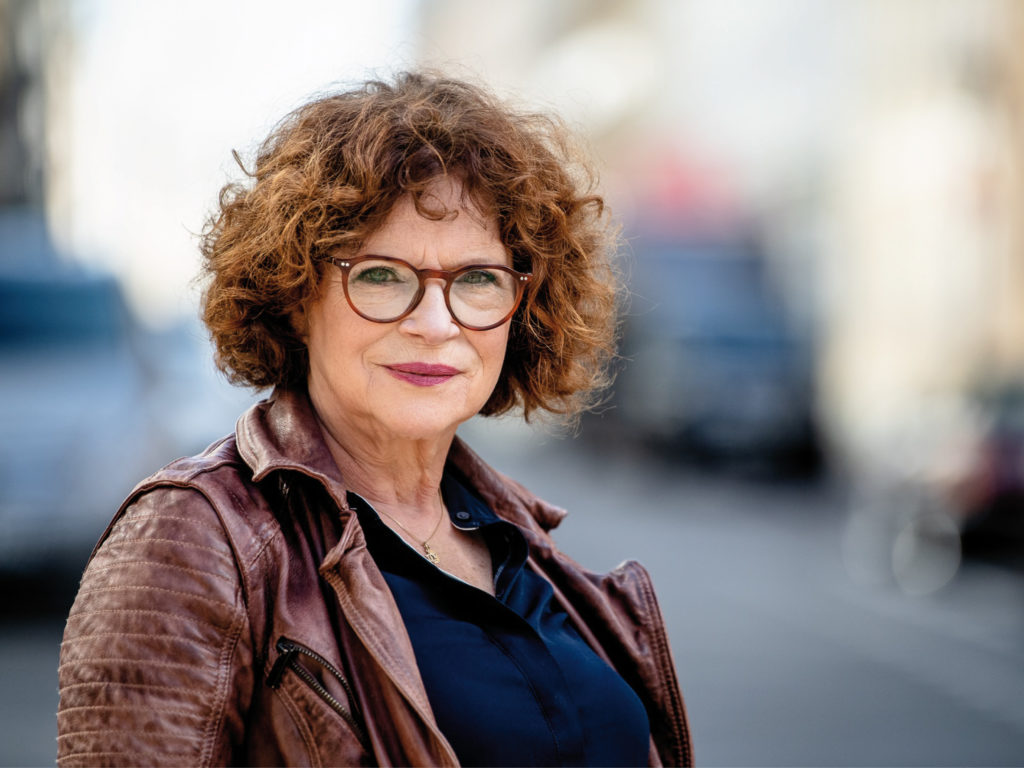Secular activities in Eastern Germany
At the time of German reunification, there was no expectation that there would be Jewish life in Eastern Germany today. There were just 300 members of Jewish congregations in East Germany before the Wall came down. An estimated 3,000 Jewish people lived without belonging to an organized congregation in East Germany. They were Communist survivors of the Shoah and/or resistance fighters against national socialism. They were unable and unwilling to disclose their Jewish identity except in isolated instances. Judaism was categorized by the Party and government as a religion, and religion was viewed as the opium of the masses, making it reactionary. There was also anti-Semitism, in phases on the part of the Party and always – although not public – present in the populace. That was why there were a few congregations, but beyond that, hardly any secular Jewish engagement. That changed in the mid-1980s, when the children of Communist Jewish people began discovering their identity. An association and discussion groups that dealt with culture and religion, traditions and the meaning of Judaism were formed. Around the same time, the East Germany leadership decided to move closer to Judaism, because in order receive much-needed loans from the USA, the party leadership succumbed to the myth that this would only happen having good contacts with the Jews.
In the winter of 1990, the East German People’s Chamber apologized to the Jewish people for the Shoah, anti-Semitism in East Germany, how reparations had been handled and East Germany’s aggressive anti-Israel stance. At the same time, it implemented the Round Table’s demand to grant persecuted Jews from the Soviet Union refuge in East Germany. Via a circuitous route, regulations for all of Germany were eventually attained. About 200,000 Jewish refugees immigrated to Germany under the new program. There would be no Jewish life in Eastern Germany now if not for them.
Besides building new congregations, they were the impetus for secular initiatives and projects dealing with Judaism and their connections to the majority society. In Dresden, Leipzig, Berlin, Rostock, and other cities, these projects often work despite great hostility and even threats. Their work is slow, because they have to grapple with anti-Semitism. And there aren’t that many people to carry the load. There is a lot of talk about Jewish people and Jewish things, but there aren’t that many actual Jews who can present their own perspectives.
Jewish perspectives, including secular ones, are often exoticized by the majority society, or even worse, reinterpreted to suit their own ends. Especially when it comes to Jewish voices, the German majority society views itself as the arbitrator of the Middle East conflict and Israel’s legitimacy, which is always associated with Jewishness. The fact that this happens shows how little actual interest is possible, free from deflecting guilt, toward the Jewish community. Eastern Germany isn’t the only place where this happens, but these kinds of attitudes here are based on the self-image of Socialist deflection of guilt.

Anetta Kahane is the chairwoman of the Amadeu Antonio Foundation. She grew up in East Berlin and worked in East Germany as a Latin America scholar. As the first and only foreigners’ representative of the East Berlin Magistrate, she gave an impressive warning of right-wing extremism dangers. Kahane founded the Amadeu Antonio Foundation in 1998 and chaired the foundation’s board of trustees until 2003, when she became its full-time chairwoman. In the summer of 2002, Anetta Kahane received the Moses Mendelssohn Award of the State of Berlin.